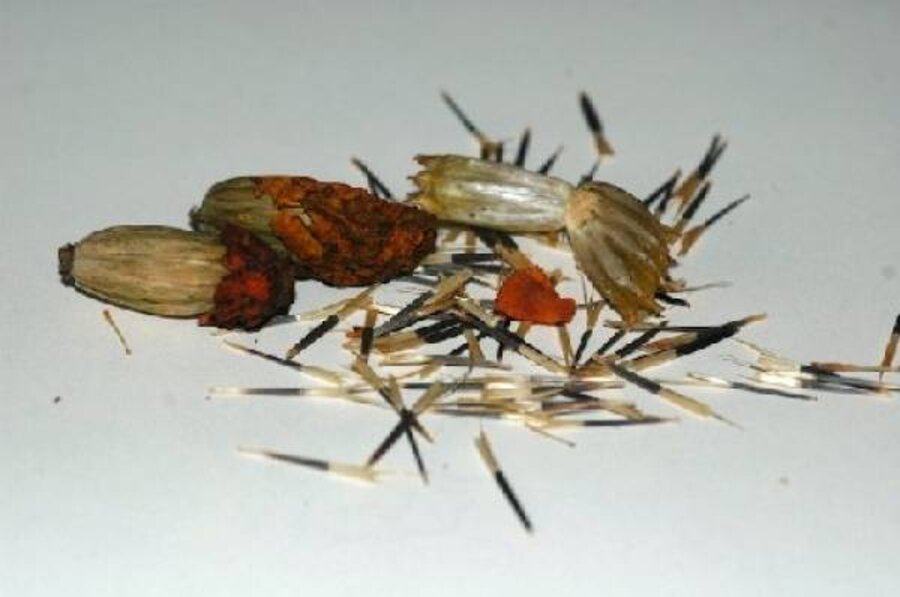How to tell if last year's garden seeds are still good
Loading...
It’s not every day that I identify with George Washington, but as I retrieved my seed-filled Mason jar I was at one with our first president. In December 1799 he wrote to a friend: “I am particular always in my seeds, because nothing is more to be regretted ... than to sow seed that does not come up....”
You got that right, George.
There’s no need for me to worry about the vegetable and flower seeds I’ve just ordered. Nearly all commercial seeds come in a packet stamped with a minimum “germination number,” the percentage of seeds that can be expected to sprout.
But I am concerned about the marigold seeds that I harvested last fall, then stupidly left in our unheated garage.
Unlike many perennial flowers and woody plants, the seeds of annuals like marigolds don’t need cold stratification to germinate, especially when stored at well-below-freezing temperatures. The arctic conditions my seeds endured may have doomed any chance they will sprout this spring.
There’s an easy way to avoid the calamity of nothing coming up: proofing. Proofing, or testing, is nothing more verifying whether or not seeds will sprout, whether or not they are viable.
How to test your seeds
• Place 10 seeds on half of a damp but not soppy white paper towel, then fold the other half over the seeds.
• Place the towel in an unsealed plastic bag and set it in a warm spot (approximately 75 degrees F; 24 C).
• Check the towel daily to ensure it stays damp – do not allow it to dry out.
• When germination stops, count the number of seeds that have sprouted. If five of the 10 seeds sprout, the germination rate is 50 percent (the number of germinated seeds divided by the number tested), so plant accordingly. If you want 25 plants, sow at least 50 seeds.
• If no seeds spout, it’s time to place an order with your favorite seed company. [Click here, here, and here to read Karan's three-part article about her favorite small seed companies.]
It turns out that half my marigold seeds germinated despite my mistreatment. It’s an affirmation of Henry David Thoreau’s “great faith in a seed.” I’ll cross my fingers and sow thickly.
I'll also store this year’s seed harvest in a dry, cool spot well above 32 degrees F. (0 C).
Karan Davis Cutler is one of nine garden writers who blog regularly at Diggin’ It. She's a former magazine editor and newspaper columnist and the author of scores of garden articles and more than a dozen books, including “Burpee - The Complete Flower Gardener” and “Herb Gardening for Dummies.” She now struggles to garden in the unyieldingly dense clay of Addison County, Vt., on the shore of Lake Champlain, where she is working on a book about gardening to attract birds and other wildlife.
-----
To read more by Karan, click here. The Monitor’s main gardening page offers articles on many gardening topics. See also our Diggin' It blog archive and RSS feed. You may want to visit Gardening With the Monitor on Flickr. Take part in the discussions and get answers to your gardening questions. If you join the group (it’s free), you can upload your garden photos and enter our next contest.






